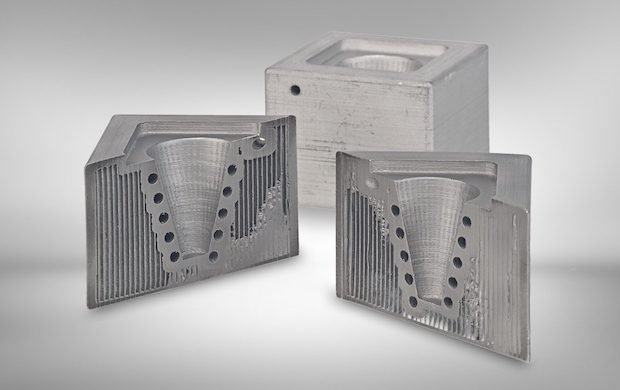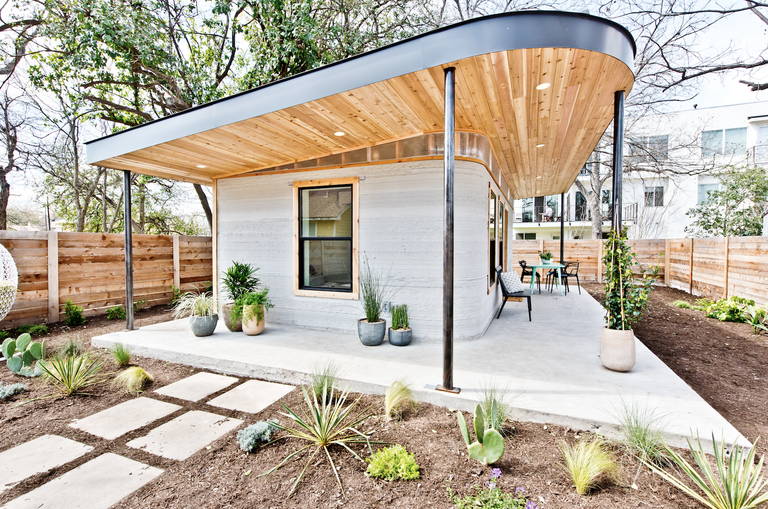Finally, we can purchase affordable 32-bit controllers for our 3D Printers!
In this video I show configuring the board with Marlin 2.0 for my HyperCube 3D Printer.
3D Printing
How to Make a Smartphone Connected Door Lock
See how we built it, including our materials, code, and supplemental instructions, on Hackster.io: https://www.hackster.io/hackershack/s…
In this video, we show you how to make a smartphone-controlled, internet-connected deadbolt actuator powered by a Raspberry Pi that can be added onto your existing door lock without any modifications to the door.
The door lock can be controlled by multiple smartphones, and even notify you whenever someone locks/unlocks the door. All of this is done using a simple, drag-and-drop app builder (http://www.blynk.cc/) which makes building your own Internet of Things (IoT) app easier than ever. For an extra impressive door lock, we’ll also show you how to add a simple LED light to indicate if the door is locked, and a push-button to operate the lock manually.
Automatic 3D Print Removal using G-Code
3D printers already do so much of the work on their own, but why not take it a bit further with a bit of extra g-code?
BASF launches Ultrafuse 316L metal 3D printing filament
The additive manufacturing arm of global chemical company BASF has formally launched its metal-polymer 3D printing filament onto the market.
First introduced last year, Ultrafuse 316L is said to enable simple and cost-efficient production of full metal prototypes, tooling and end-use parts using any extrusion-based 3D printer.

Is the Raspberry Pi 4 really that bad? Using the Rasperry Pi 4 for 3D Printing.
The Raspberry Pi 4 is out! If you’ve read the first impressions, you always hear about overheating and USB issues – but is it really that big of a deal? I test the Raspberry Pi 4 against the Raspberry Pi 3 Model B and against the very first Raspberry Pi and the results are stunning to say the least.
CORRECTION: The Choetech USB cable only worked with the Huawei supply, not the Anker one.
Which LAYER HEIGHT gives you the STRONGEST 3D prints?
Does thickness matter? Today we’ll find out which layer height you should choose to get the strongest prints! I printed test specimens with layer heights from 0.05mm to 0.40mm and measured their strength.
Incredible video: ‘Replicator’ tech to revolutionize 3D-printers
Scientists have developed the next generation in 3D-printing technology, dubbed “the replicator.” It shines rays of light onto a yellow resin and molds it into a smooth object based on the program. The technology promises to revolutionize the medical field, space exploration and more. It’s also more environmentally friendly than other kinds of 3D-printing. Natasha Sweatte reports for News.Views.Hughes.
This Tiny House Was 3D-Printed in Less Than 48 Hours
When you hear “3D-printed home,” you may envision a far-fetched, futuristic concept. Thanks to Icon, a construction company that uses 3D printing, and non-profit New Story, though, the concept is quickly becoming a reality—and may be a major advancement in creating affordable homes for underserved communities.
According to Icon, the first permitted, 3D-printed home is just 350 square feet, and located in Austin, Texas. The tiny home serves as “proof-of-concept for sustainable homebuilding that will allow for safer, more affordable homes for more families, faster than ever,” per a press release.

This 3D Printer Raised $1,438,765 and Failed.
The Pirate3D Buccaneer was one of the hottest Kickstarter campaigns of 2013 raising almost $1.5 million dollars. Unfortunately, it failed.
Creality Ender 3 Auto Power Off (Safe and Cheap)
Here is a solution to turn off totally your 3D printer once your print is done. It saves energy, saves your printer and saves the World (and also prevent from fire hazards) And best of all, it only costs 2 dollars!
